امریکی صدر ڈونلڈ ٹرمپ نے بھارت پر مزید 25 فیصد ٹیرف عائد کردیا
Nuq4 الاحدث الأسئلة
-
مداحوں کی جوڑے کو زندگی کا نیا سفر شروع کرنے پر مبارکباد
-
گزشتہ برس کے سیزن میں کھلاڑیوں کی جانب سے ان گیندوں کو منفی فیڈ بیک ملا تھا
-
اگر مخبر اپنی شناخت ظاہر نہیں کرتا اور جعلی شناخت دے تو کمیشن اس کی معلومات پر ایکشن نہیں لے گا، بل کا متن
اگر مخبر اپنی شناخت ظاہر نہیں کرتا اور جعلی شناخت دے تو کمیشن اس کی معلومات پر ایکشن نہیں لے گا، بل کا متن
قراءة أقل
-
ICC releases new Test bowlers' rankings.
-
دنیا بھر کے تمام رہنماؤں کے لیے میئر ہیروشیما نے کہا کہ براہِ کرم ہیروشیما کا دورہ کریں اور ایٹم بم حملے کی حقیقت کا مشاہدہ کریں
دنیا بھر کے تمام رہنماؤں کے لیے میئر ہیروشیما نے کہا کہ براہِ کرم ہیروشیما کا دورہ کریں اور ایٹم بم حملے کی حقیقت کا مشاہدہ کریں
قراءة أقل
-
اپریل 2019 میں پشاور میں پولیو مہم کے بارے میں افواہوں کے نتیجے میں افراتفری پھیلی
اپریل 2019 میں پشاور میں پولیو مہم کے بارے میں افواہوں کے نتیجے میں افراتفری پھیلی
قراءة أقل
-
بانجھ پن کے علاج کے ماہر ڈاکٹر لارڈ ونسٹن کے مطابق منجمد بیضوں کے استعمال کے بعد شرح پیدائش محض ایک فیصد ہے جبکہ دوسرے یہی شرح زیادہ بتاتے ہیں۔
بانجھ پن کے علاج کے ماہر ڈاکٹر لارڈ ونسٹن کے مطابق منجمد بیضوں کے استعمال کے بعد شرح پیدائش محض ایک فیصد ہے جبکہ دوسرے یہی شرح زیادہ بتاتے ہیں۔
قراءة أقل
-
’روزانہ پچاس، ساٹھ خواتین کا معائنہ کرتی ہوں اور یقین کریں ان میں سے چالیس سے زیادہ آئرن کی کمی کے ساتھ آتی ہیں‘
’روزانہ پچاس، ساٹھ خواتین کا معائنہ کرتی ہوں اور یقین کریں ان میں سے چالیس سے زیادہ آئرن کی کمی کے ساتھ آتی ہیں‘
قراءة أقل






















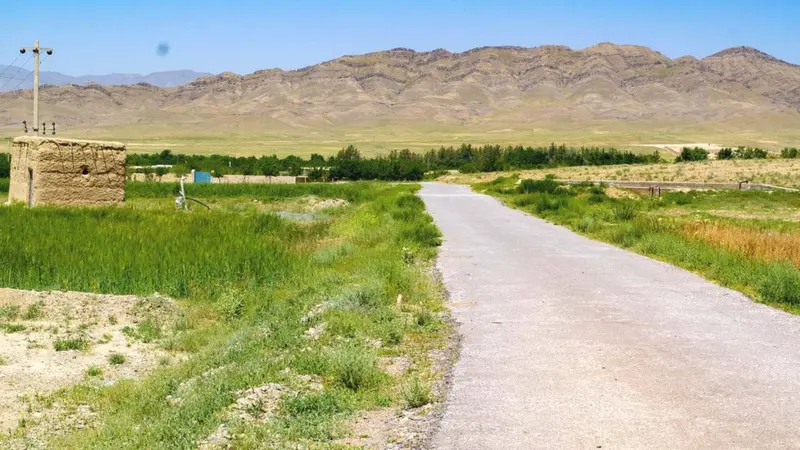



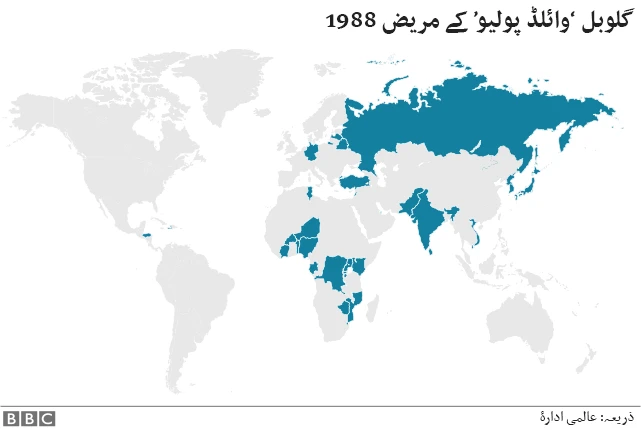
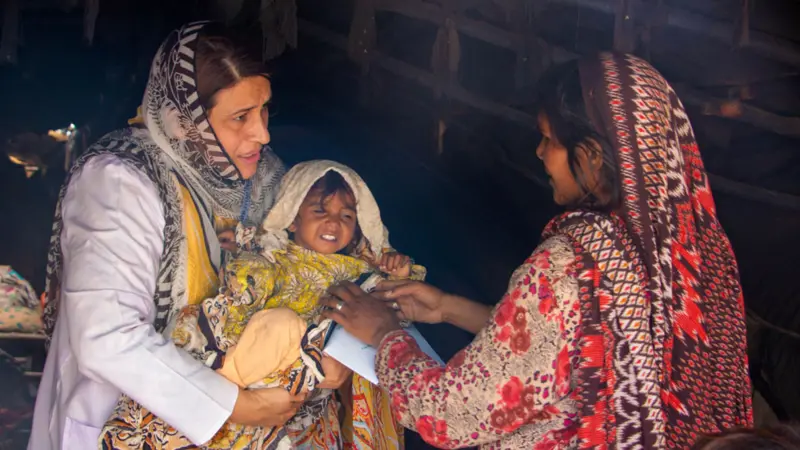

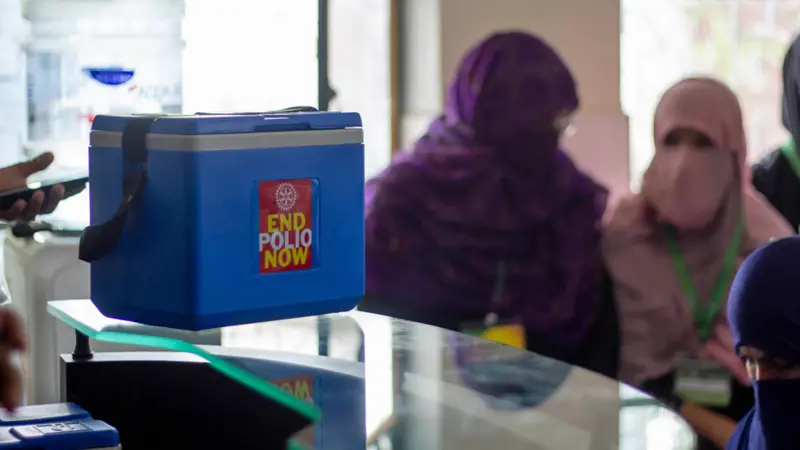


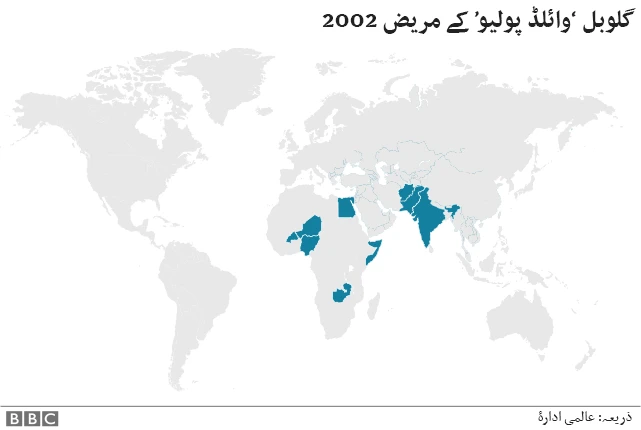
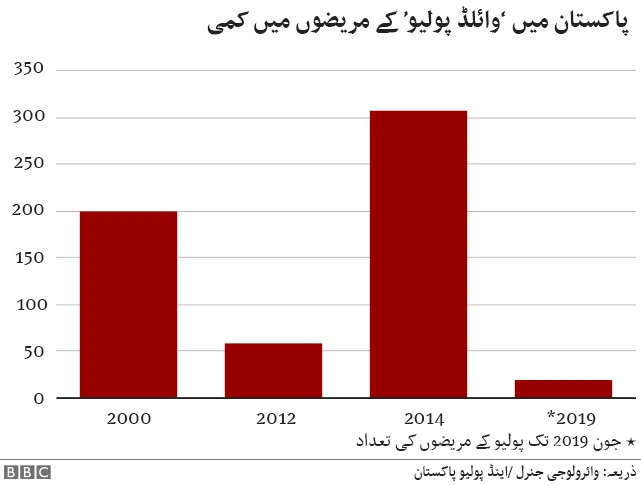
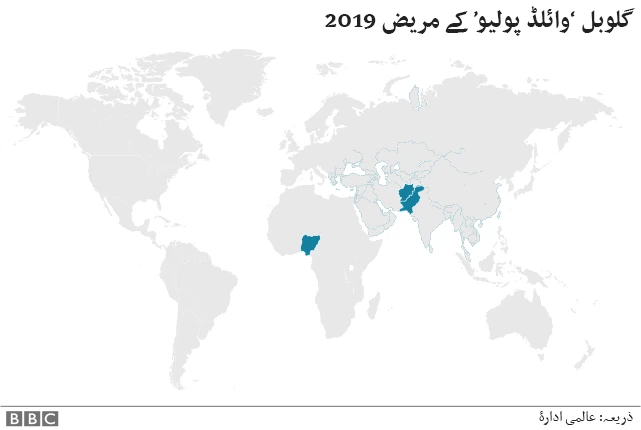
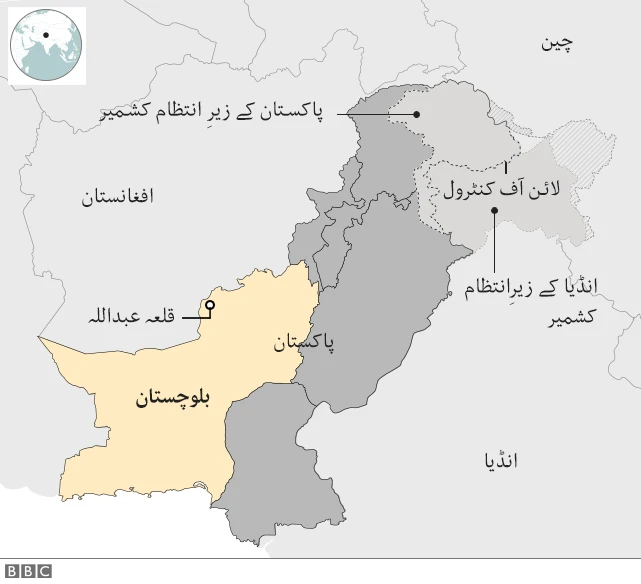
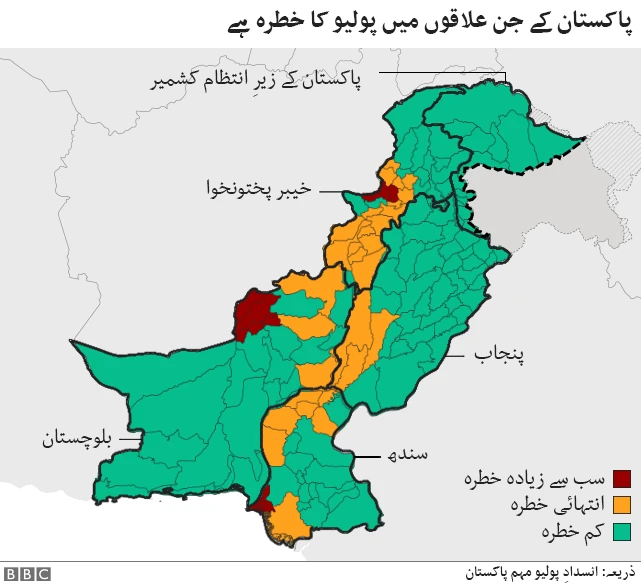





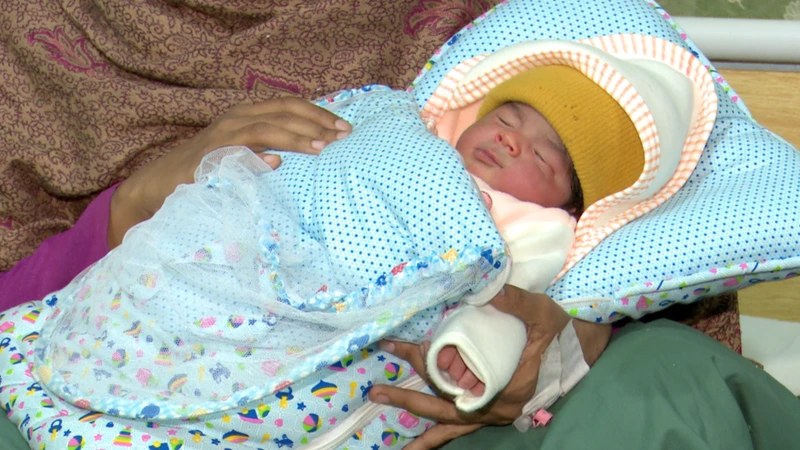



: امریکی صدر ڈونلڈ ٹرمپ کی جانب سے اضافی ٹیرف لگانے پر بھارت کا ردعمل سامنے آگیا
: امریکی صدر ڈونلڈ ٹرمپ کی جانب سے اضافی ٹیرف لگانے پر بھارت کا ردعمل سامنے آگیا
قراءة أقل